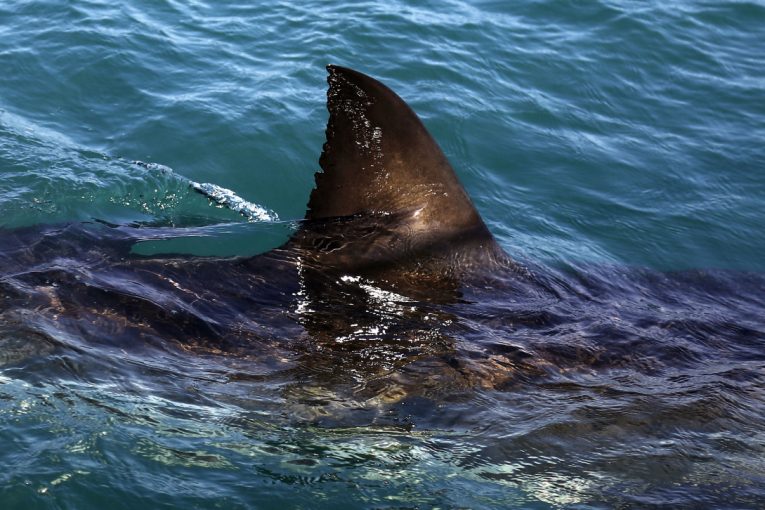
GUELPH, ONT.—A study from a Canadian university has underlined the significant threat the global fin trade poses to many species of sharks and rays.
Dirk Steinke, adjunct professor in the department of integrative biology at the University of Guelph, is one of five authors of the study that determined a majority of samples they obtained came from endangered or threatened species.
Researchers used DNA testing to accurately identify 129 shark fins and ray gill plates purchased from markets in Canada, China and Sri Lanka, and confirmed the parts came from 20 species of sharks and five species of rays.
Of those, Steinke says 12 are listed or have been approved for listing this year in an international treaty aimed at stopping the trade in endangered plants or creatures.
He says that means treaties are doing a good job identifying the growing number of threatened sharks and rays, which are especially at risk because they are slow growing, late to mature and have low birth rates.
Steinke hopes the study’s findings spur the public to demand an end to the sale of shark fins or the use of ray parts for medicinal purposes.
“Public pressure, in my personal experience, is usually better because if nobody buys my stuff, I don’t sell it. But I am afraid … all these are very (slow moving) processes and I’m not sure if the sharks of the world have that much time,” he says.
The University of Guelph has been instrumental in building a DNA database that has made the identification of threatened shark and ray species almost 100 per cent accurate, even when items have been dried or reduced to unrecognizable pieces.
Steinke says the size of the sample used in the study is small, but its high accuracy makes it a vital warning for those trying to protect the world’s oceans.
“If our relatively small sample size going to these different markets, by no means a full-blown market study, if they already show these alarming numbers, then it is necessary.”
You can read more of the news on source



